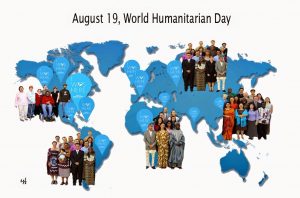 Every year, thousands of men and women the world over put their lives in danger working in Humanitarian causes all over the world. Working in the most poverty and illness stricken third world countries the world over, often in areas of great social violence, these dedicated heroes put their lives on the line, and sometimes lose them in the pursuit of their goals. World Humanitarian Day is when we remember these heroes and their sacrifices.
Every year, thousands of men and women the world over put their lives in danger working in Humanitarian causes all over the world. Working in the most poverty and illness stricken third world countries the world over, often in areas of great social violence, these dedicated heroes put their lives on the line, and sometimes lose them in the pursuit of their goals. World Humanitarian Day is when we remember these heroes and their sacrifices.
History of World Humanitarian Day
World Humanitarian Day was established by the United Nations General Assembly to commemorate the death of Sergio Vieira de Mello and 21 of his fellow humanitarians in a bombing of the Baghdad headquarters of the UN. Sergio had worked at great length attempted to pull together the Draft for the official designation of World Humanitarian Day.
Sergio was born in Brazil, and worked tirelessly over three decades to help those victims of armed conflict by easing their pain and making sure the world did not forget them. Awareness was a vital part of his campaign, trying to ensure that those in First World Countries and places of peace remembered that there was more to war than the deaths of combatants and conflicts between governments. These people struggle every day to survive against odds that were created in spite of their desire to just live in peace and safety.
World Humanitarian Day was officially established to recognize Sergio and the thousands like him who work every day to make the world a better place for the less fortunate, the underprivileged, and those living in places of war, starvation, and pestilence.

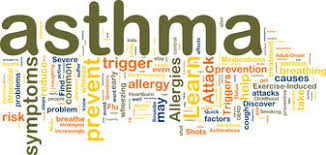

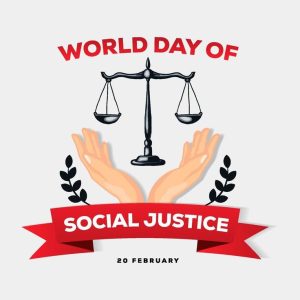

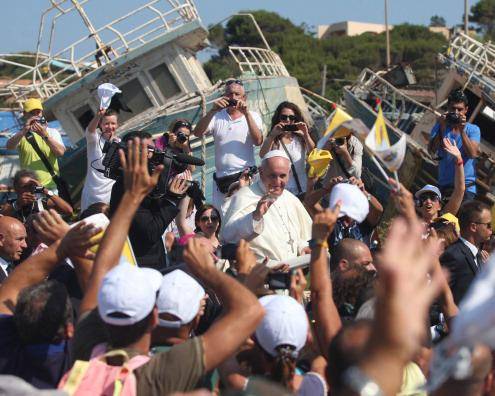 Dear brothers and sisters!
Dear brothers and sisters!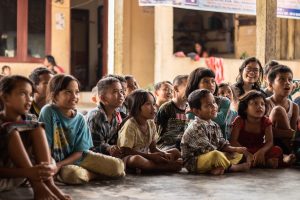 Civilians bear the brunt of the suffering in war. Of the big number of war victims, the most often neglected are children.
Civilians bear the brunt of the suffering in war. Of the big number of war victims, the most often neglected are children.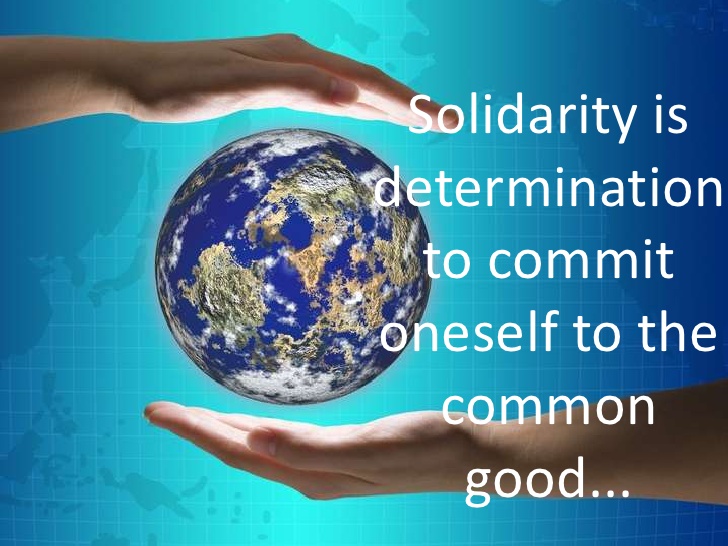 The United Nations’ (UN) International Human Solidarity Day is annually held on December 20 to celebrate unity in diversity. It also aims to remind people on the importance of solidarity in working towards eradicating poverty.
The United Nations’ (UN) International Human Solidarity Day is annually held on December 20 to celebrate unity in diversity. It also aims to remind people on the importance of solidarity in working towards eradicating poverty. On October 17, 1987,World Day to Overcome Extreme Poverty , at the call of Father Joseph Wresinski , 100,000 human rights defenders gathered at the Parvis du Trocadéro in Paris to honor the victims of hunger, violence, ignorance and violence. To say their refusal of misery and call on humanity to unite to make respect for Human Rights..
On October 17, 1987,World Day to Overcome Extreme Poverty , at the call of Father Joseph Wresinski , 100,000 human rights defenders gathered at the Parvis du Trocadéro in Paris to honor the victims of hunger, violence, ignorance and violence. To say their refusal of misery and call on humanity to unite to make respect for Human Rights..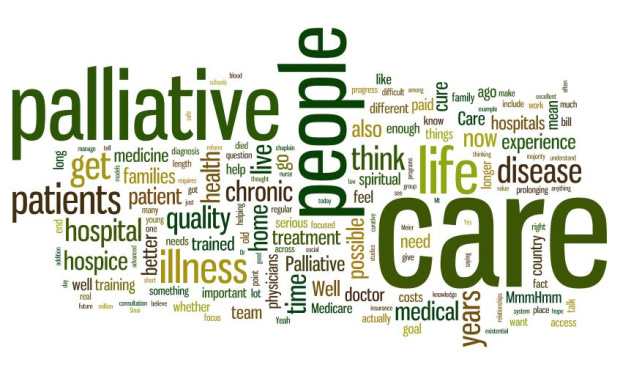 The Worldwide Hospice Palliative Care Alliance (WHPCA) has announced the theme of this year’s World Hospice and Palliative Care Day and Voices for Hospices. The theme is: Universal Health Coverage and Palliative Care: Don’t leave those suffering behind!
The Worldwide Hospice Palliative Care Alliance (WHPCA) has announced the theme of this year’s World Hospice and Palliative Care Day and Voices for Hospices. The theme is: Universal Health Coverage and Palliative Care: Don’t leave those suffering behind!